Video Game Fables (Steam) Review
A More Casual RPG Experience with Minimal Technical Bugs Makes for a Winning Story
Like many gamers in my generation, a lot of my RPG experience began with the turn-based systems prevalent in known franchises such as Final Fantasy and classics like Chrono Trigger. As time has progressed, the industry has shifted many of its game mechanics to a more Western theme, with action-based combat and fast-paced gameplay. I’ve wondered for a while now if turn-based RPGs could even hold the attention of the gaming population anymore. However, my time spent with Video Game Fables showed me that not only can turn-based RPGs still hold up, but they can also be done without the aid of large open worlds and overly robust mechanics. Though some gameplay quality-of-life issues came up during my roughly 11 hours with it, I found Video Game Fables to be somewhat refreshing in a time where many games take so much more time and commitment.
Video Game Fables is the project of solo indie developer Momiji Studios, AKA Matt Sharp. The player controls characters within a video game that has been frozen in Pause mode for years. In a type of cognizant realization, these characters fall off their programmed scripts and begin living their own lives, resulting in the main princess protagonist Aru teaming up with a hero-worshiping fanboy Nate and a reluctant villain prince Tater. Together, the trio traverses the world to stop a rampant villain princess from completely destroying the game due to her off-script actions.
The character designs are a form of 2.5D pixel builds.
The first realization I had about this game was just how “anti-game” its story and setting seemed to be. From the first few lines, the player can see that these characters aren’t going to follow typical adventure tropes and dialogue, but rather they show a sense of individualism in their personalities. Aru refuses to be the damsel in distress, a role she most likely played in the many loops the game world held her to. Other characters also seemed to reverse roles. Several times I prepared myself to fight a menacing individual that suddenly appeared only to be pleasantly surprised by their benevolent nature and helpful dialogue. So much of this game has levity to it.
In many descriptions of this game by other publications, the word “lighthearted” is used, and for good reason. In the past, one sees this descriptor for RPGs and expects only the story to be light. However, I discovered flexible and relaxing mechanics, from world traversal to individual combat. Like many of the RPGs of my youth, there is an overworld that players traverse in between locations, and the overworld in Video Game Fables can almost be entirely taken in in one glimpse. It’s never too far of a walk to get from one point to the other, and fast travel points exist in abundance to make traversal even faster. Thanks to incredibly fast load times, I could return to the beginning village at any time, which I did plenty of for fast party heals and to stock up on items. The overworld also lacks any side or secret areas that I could find, and that felt refreshing, having recently been a victim of open world fatigue.
The overworld never takes long to traverse.
Another interesting design choice I found was in the level design of the various areas the player visits. Most of the interior locations contained platforming areas, requiring me to jump, run, swim and climb. This reminds me a bit of grapple and hide mechanics found in Persona 5, though in Video Game Fables these instances handle just like an adventure game would. This made exploration simple, though beyond the occasional item chest I never found anything particularly rewarding here.
In terms of combat, I rarely found the regular enemy battles to be stressful. Combat is turn-based, with the ability to pick which turn your selected character acts on. While this isn’t a revolutionary combat mechanic, once I got the hang of it I enjoyed the slight tactical feel of being able to spread out attacks and healing. Where I feel the combat really shines is in the boss battles. No two boss battles are the same, and every battle has a unique aspect or mechanic to it that drives the experience. In one fight I had to attack a part of the environment to break the boss’ shield, while in another I was swapping back and forth on the fly from my party to an outside NPC providing defense overwatch. These fights kept me guessing the whole time, which is something I’m not used to in a turn-based RPG.
Turn-based combat with plenty of wiggle room to relax!
Finishing any fight honestly didn’t require much effort in terms of a RPG grind. The leveling system involves gaining a pool of XP that is used either to level the entire team up or to equip skills and items on characters. The game offers several options for each character to contribute to the fight, from offensive magic skills to character buffs and enemy debuffs. The enemy design seemed something straight out of a marketing study, with interesting designs and pun names to match. I rarely felt under-leveled for a fight, and if I did, I needed only to engage in side battles for roughly 10-20 minutes to feel comfortable enough to jump back in. This is one of the many factors that go into Video Game Fables’ theme of “relaxed” gaming. Nothing in this game ever felt as if it required a grind or serious dedication. I say this not as a detriment, but as a compliment.
Having an RPG I can easily work through is quite refreshing.
Where I feel the game stumbles is mostly in the camera angles and lack of control in some areas. If one plays this on a mouse and keyboard, 90% of the controls lie within the left side of the keyboard, while the right side is dedicated to rotating the camera around in the overworld. However, in most locations, the camera is fixed. Most of the time the point of view is focused perfectly over the characters, but I found several times when the game shifted to a more close quarters angle, both the environment and characters would block my view of where I was going. I found this especially irritating the few times I needed to quickly platform jump and could not quite make the distance due to no camera control or great viewpoints.
While I found this game easy to pick up and play, I don’t feel like I had much motivation to become engaged with the story or the deeper mechanics of combat. I enjoyed the banter of the characters and NPCs, but overall I felt the narrative was not a crucial factor for me. In terms of combat skills, I’m sure with more time I could have found more efficient methods to make the battles smoother, but almost all fights can be won based on damage alone. This applies to the weapons as well, as I found a weapon type I liked for each party member and never really felt the need to deviate. However, I don’t feel as if this is a major flaw of the game design, as it helped keep things simple for me in the battle sections.
Overall, Video Game Fables surprised me with just how refreshingly easy it was to pick up and experience. Small technical issues aside, I enjoyed just how easy it was to play this RPG, especially in a year when all I’ve played have 40+ hour story titles and project games. I feel Video Game Fables can be a sort of palette cleanser-type game, able to be completed in a long weekend or over the course of a week. If the idea of a turn-based RPG intimidates you, this game is definitely one that can ease you into the concept and mechanics.
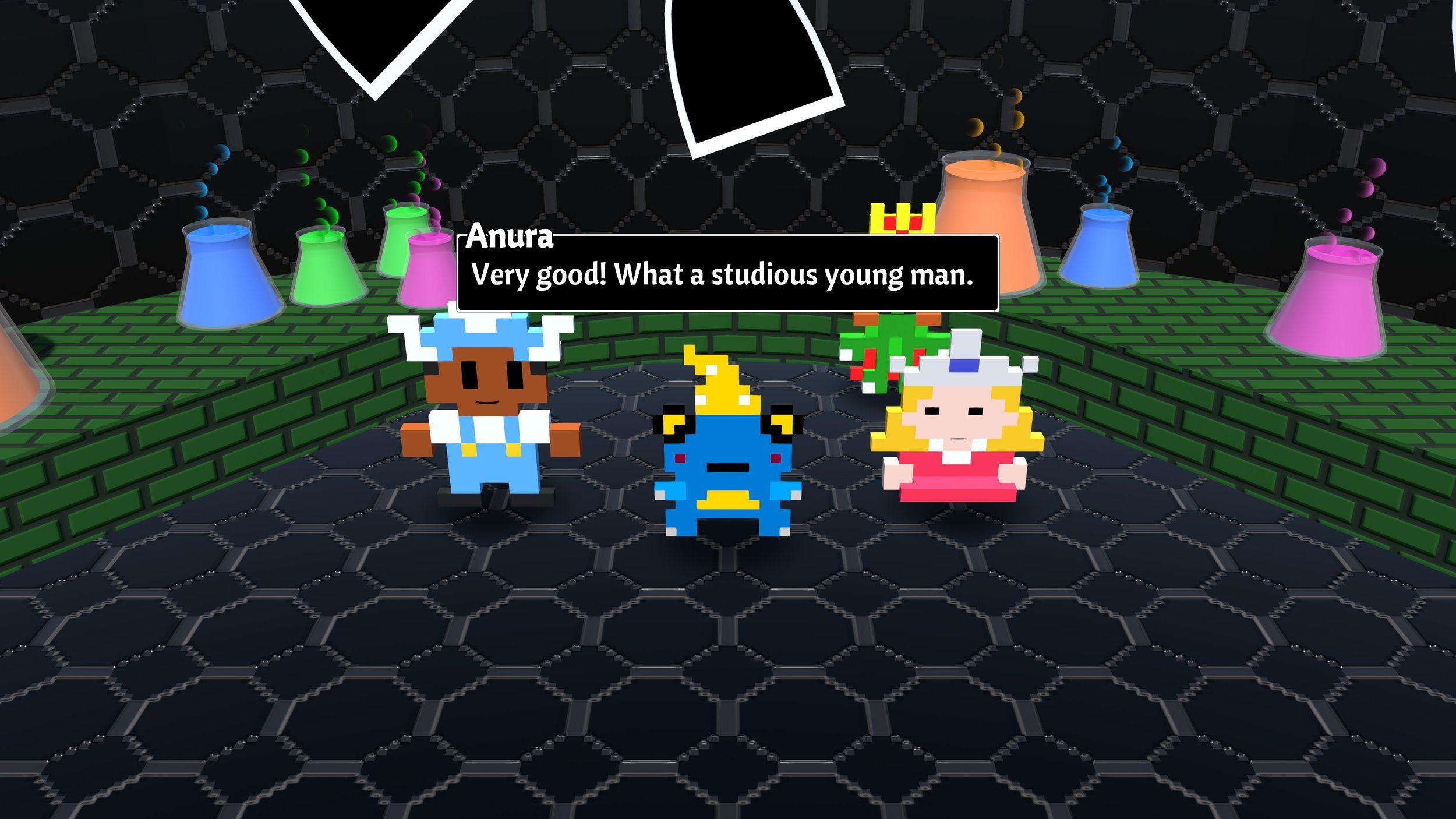
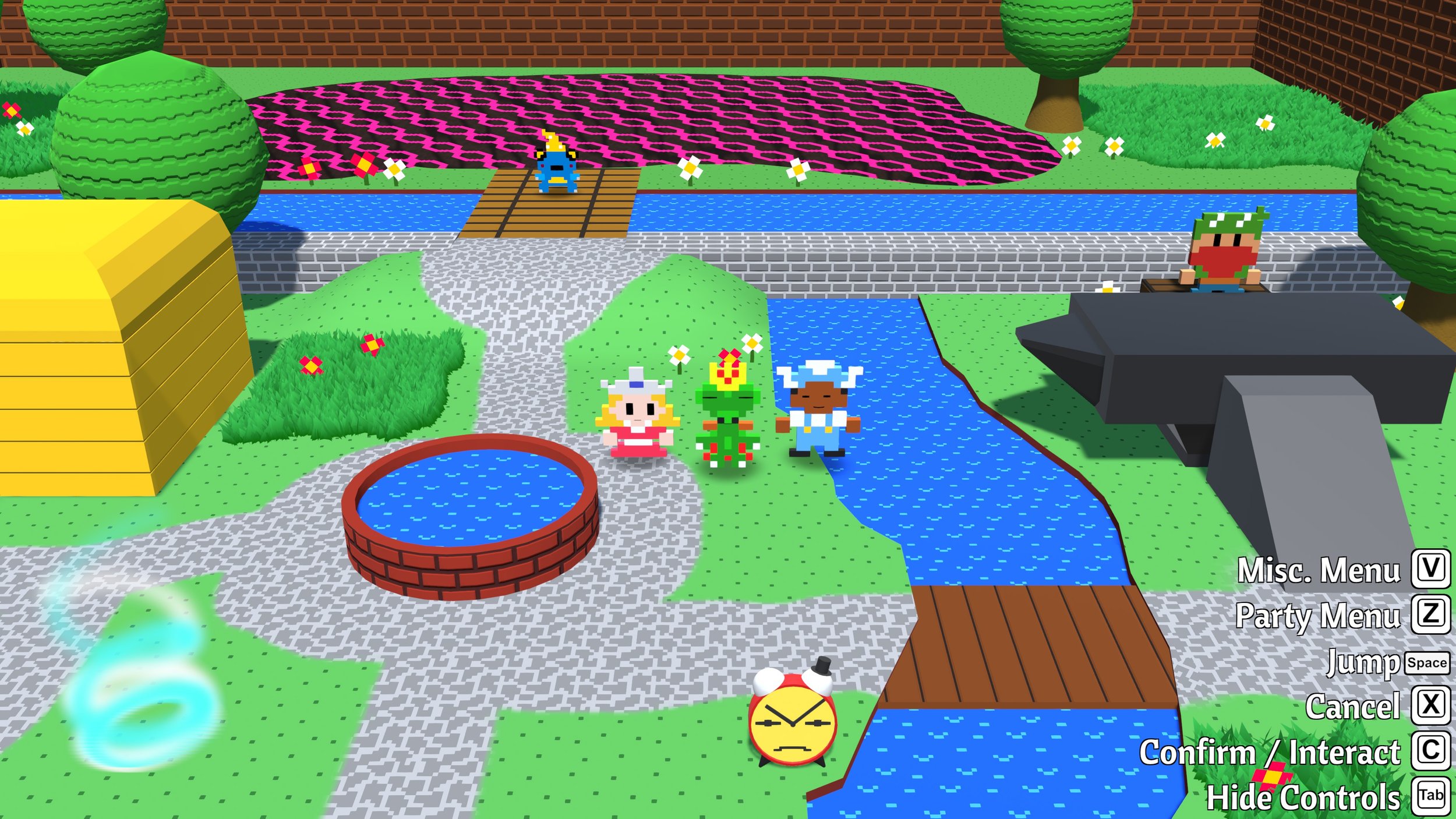
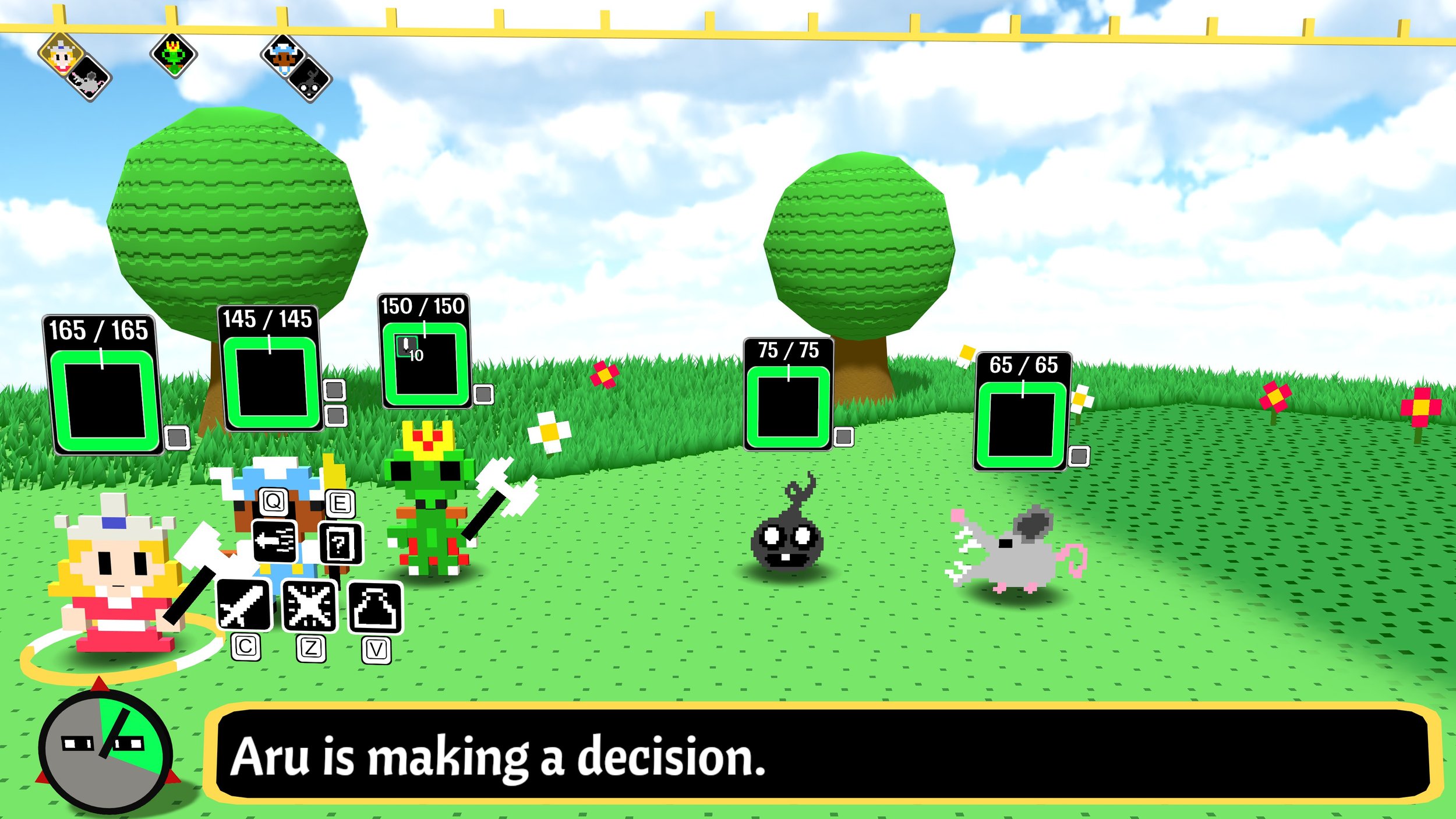
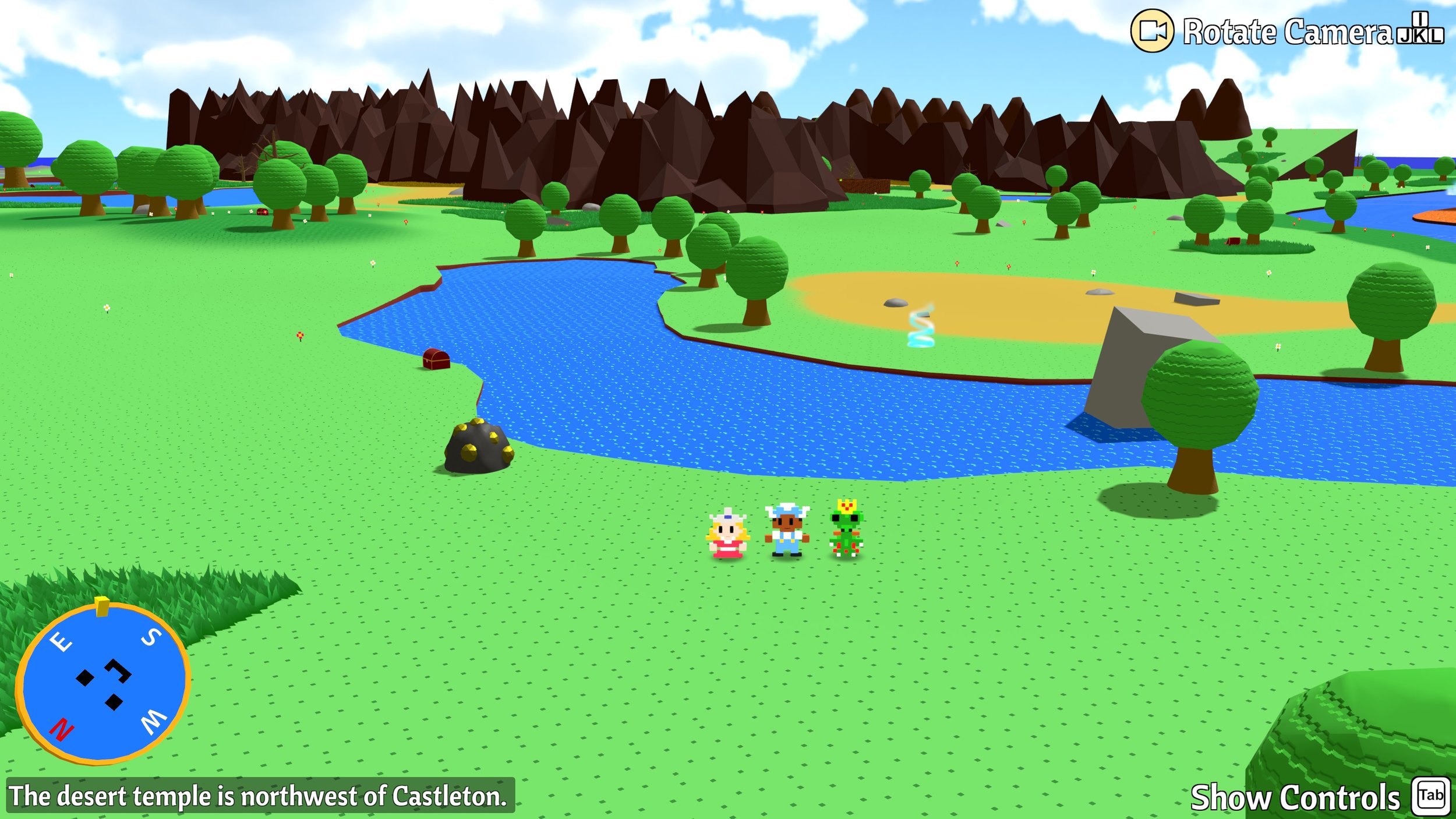

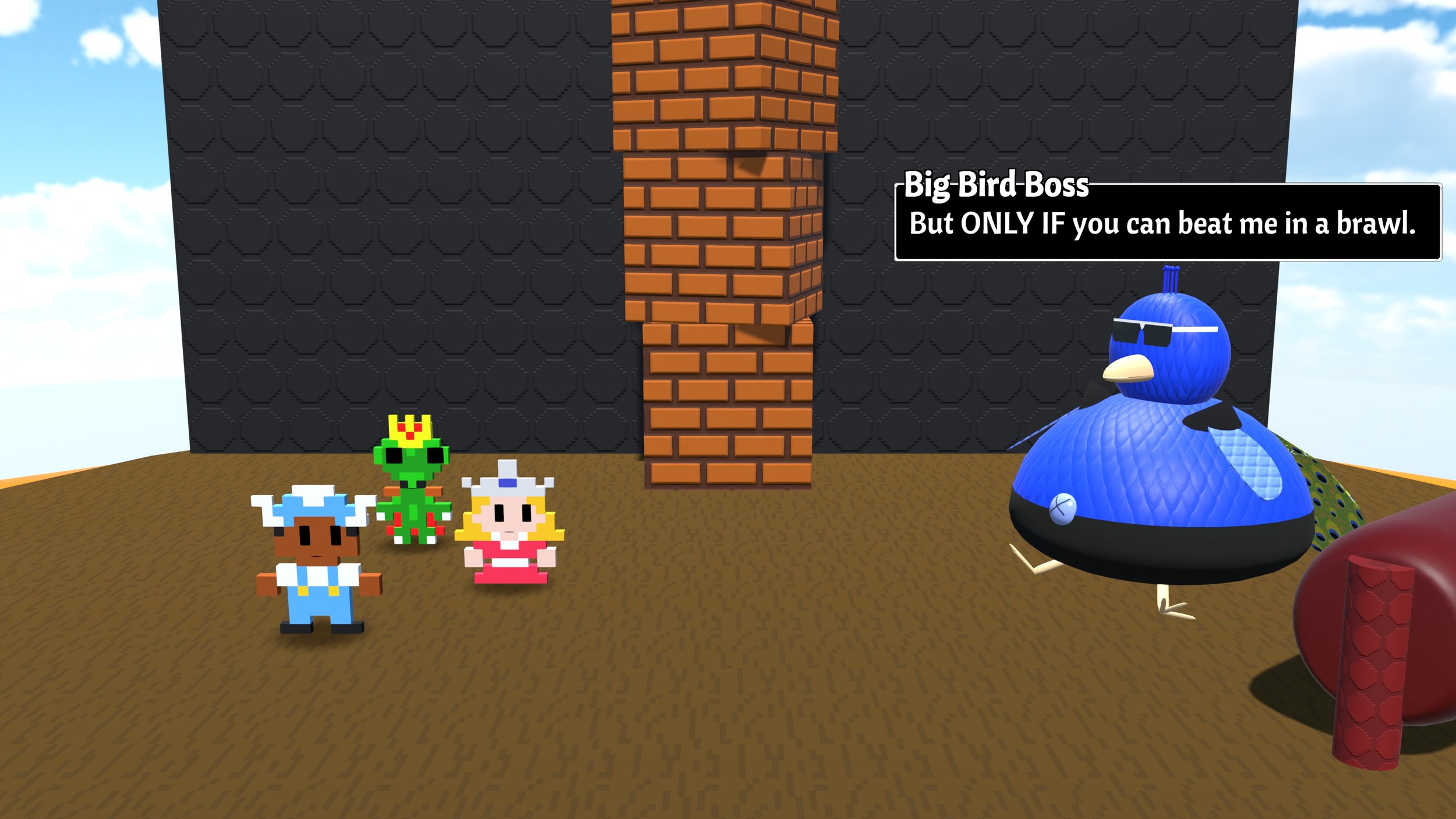
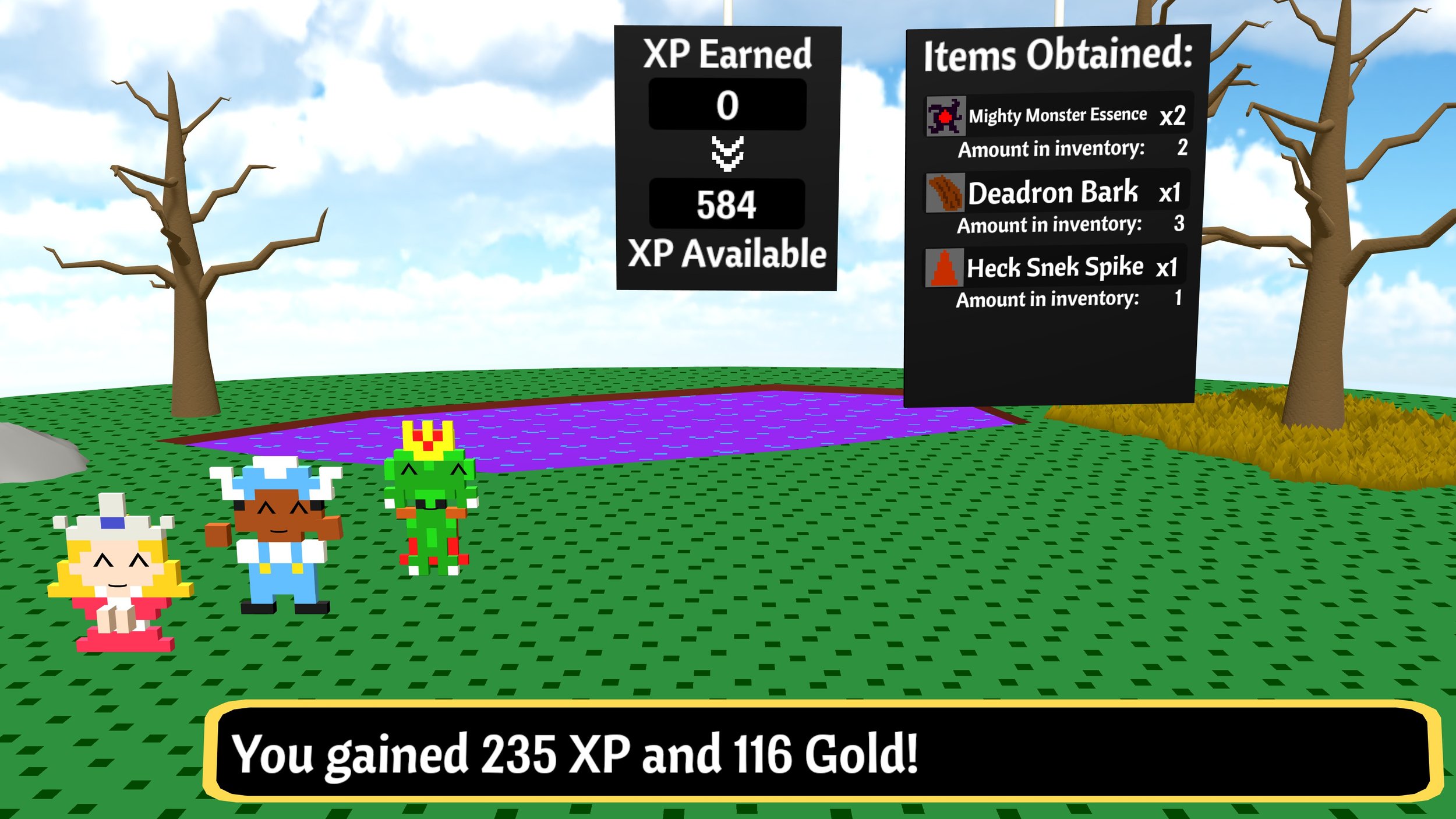
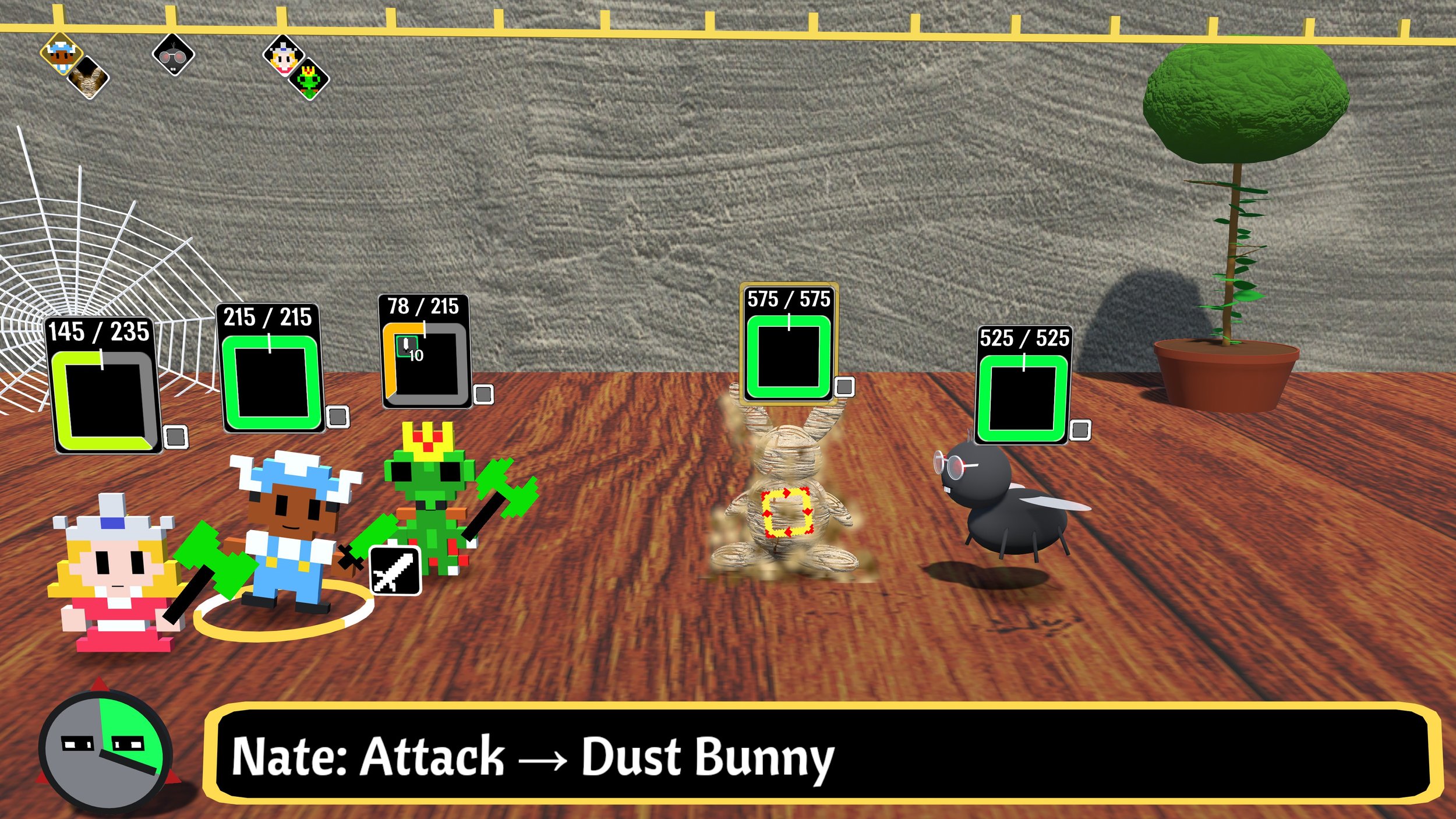
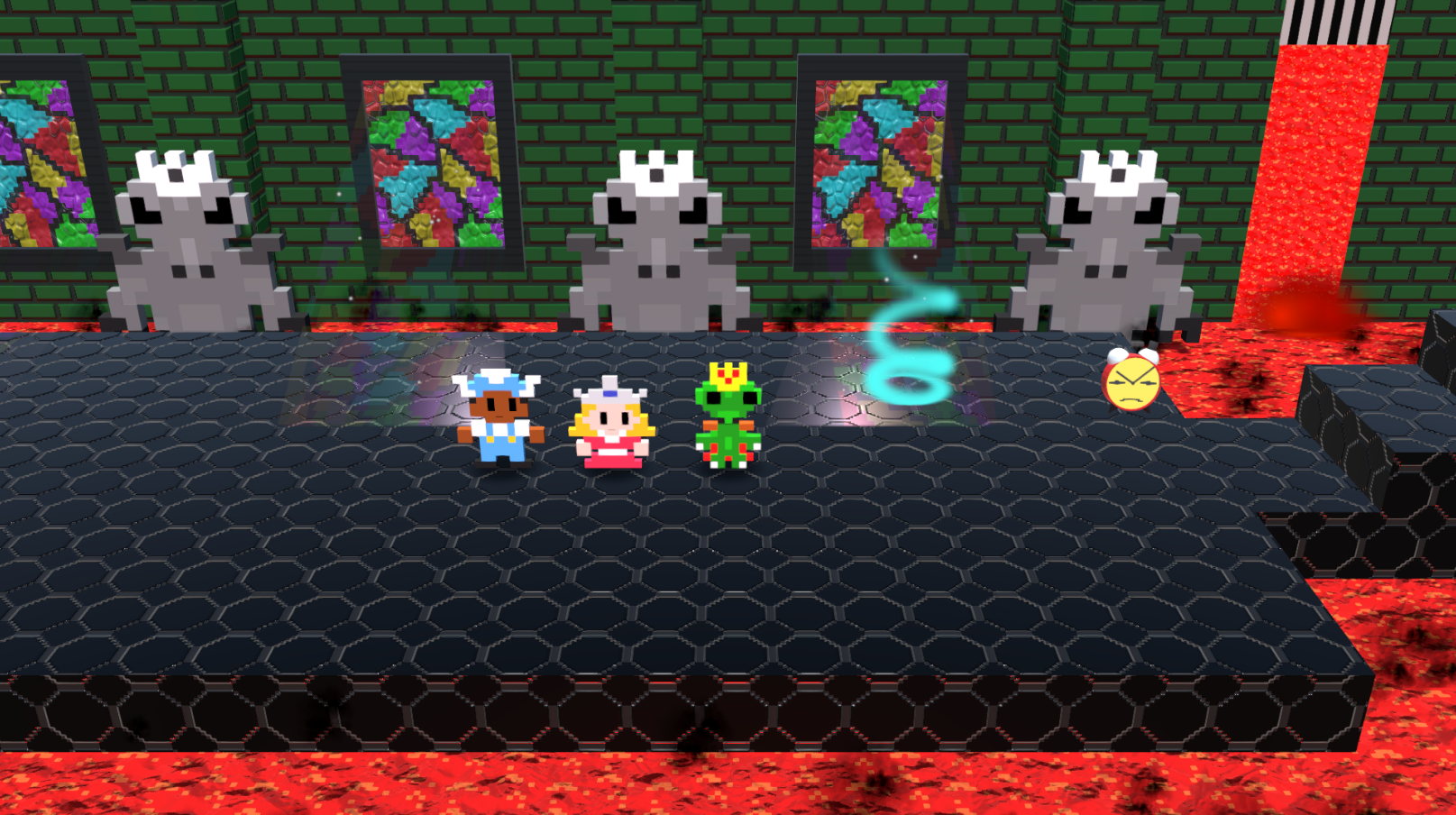
SCORES
GAMEPLAY - 8.5/10
VISUALS - 7.5/10
SOUND - 6.5/10
CONTROLS - 6.5/10
REPLAY VALUE - 6/10
OVERALL - 7/10
If you would like to play Video Game Fables, check it out on Steam. Also, Momiji Studios has a site for more info on past titles and other items of interest. For transparency, a Steam review code was used for this review. All screenshots were taken natively in my playthrough.






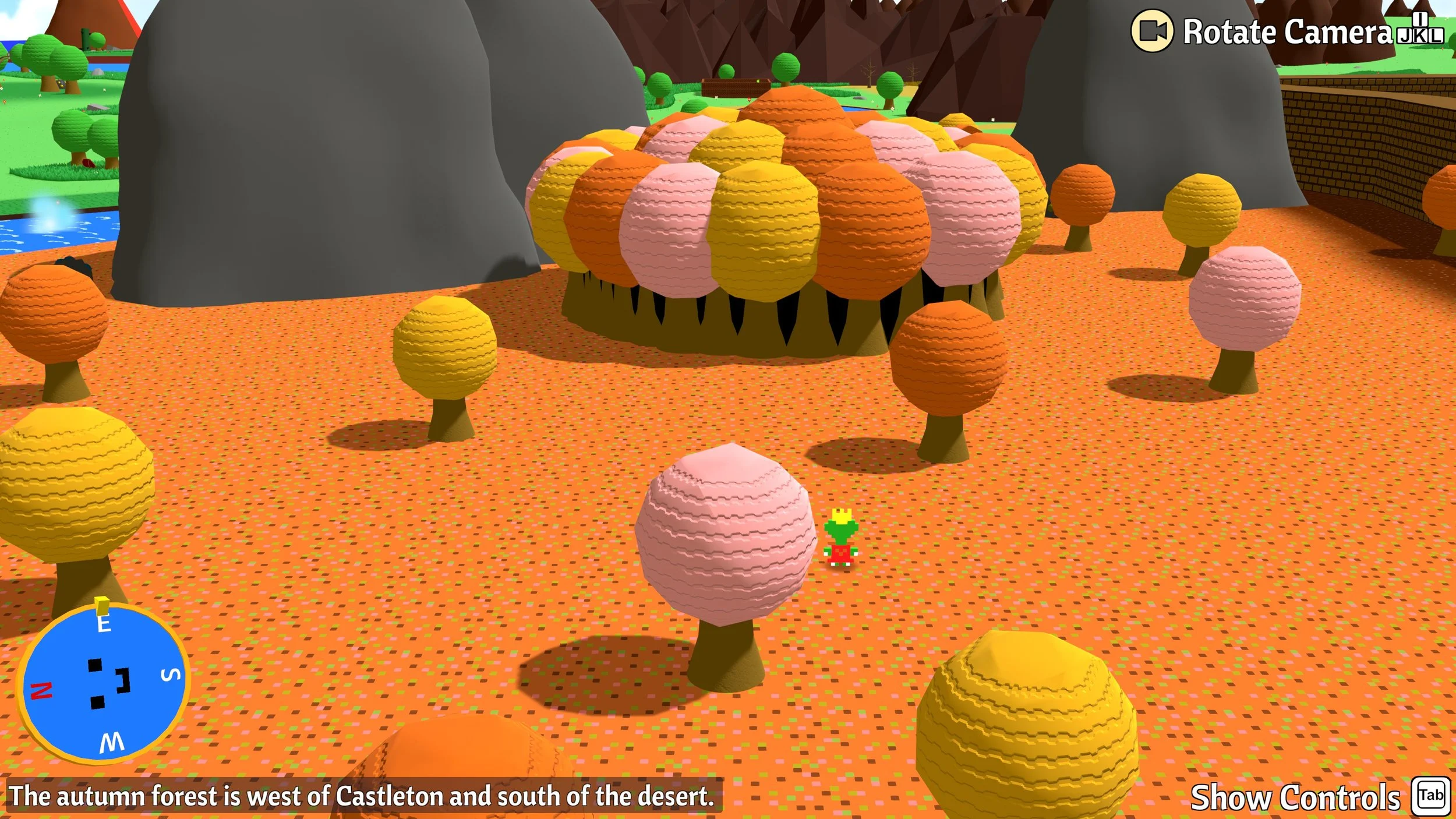


Atelier Marie Remake: The Alchemist of Salburg creates a cozier experience while bringing the classic adventure forward to create a low-friction way to try the Atelier series.